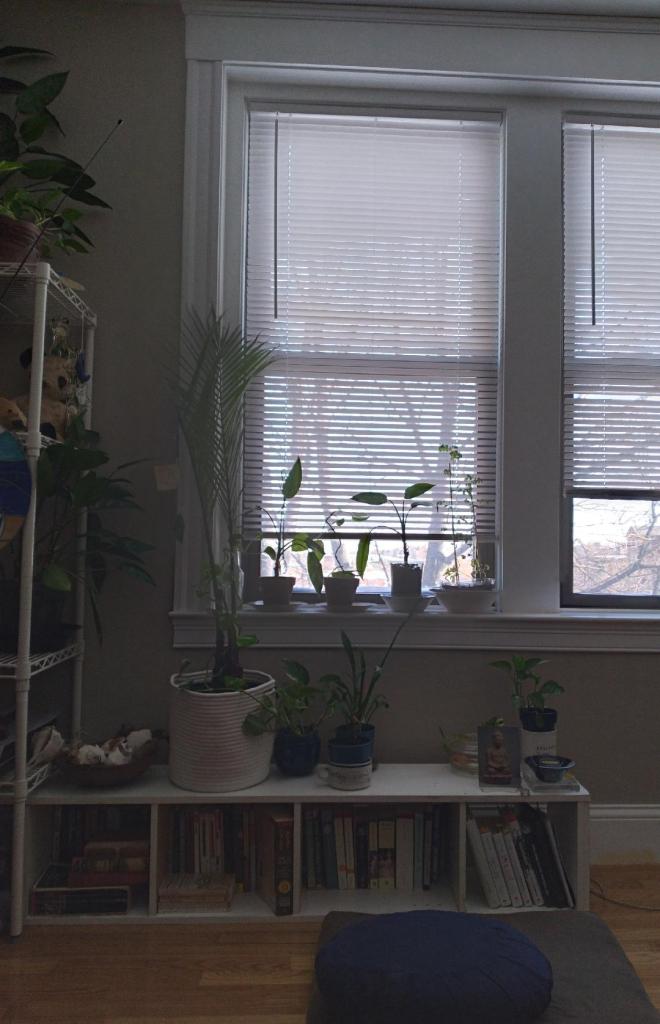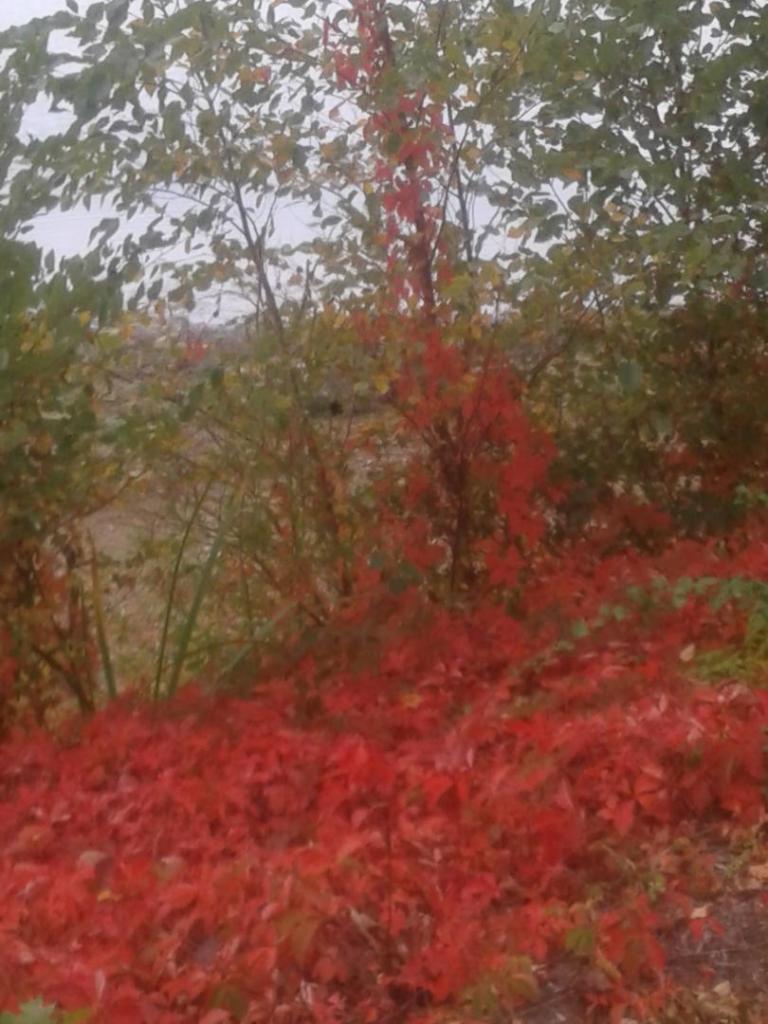A dear friend of mine once said, “There are two types of people in the world: those who don’t think cars have faces, and the rest of us who just don’t understand them.” So there that is. I know where I belong.

The dramatic scene that instantly came to mind, and this is as weird to me as to you, is the execution of Anne Boleyn in the wonderful series Wolf Hall, based on the late Hilary Mantel’s historical fiction. I know, I said it was weird, but to me this is an emotional crowd scene. Watch an excerpted version of this scene. Then watch it with the sound off: do you see what I mean?
If you don’t, I then refer you to the wise artist and writer Miriam Schulman. “To be an artist is to identify connections in the world and help people see the world in a different way. That’s what art does….learn to embrace your inner weirdo…”
I love the way the scene focuses on just a few consistent faces, all of which express a different experience of the event. And around them, the suggestion of expressions we almost see or can’t see: one featured actor behind them even covers his face with his hands. Nice. In the center of it all, the remarkable faces of Sir Mark Rylance and Claire Foy (Girlfriend’s going to be a Dame. You know it and I know it.)
Also flowers. Just flowers, exactly what they are. Meaning nothing but themselves. I’m not the first writer to feel that succeeding at what Schulman says means pretty much failing at this other important experience of life. No one said “Both things are true” was going to be easy. Excuse me now, I have to go sit meditation. For real.










